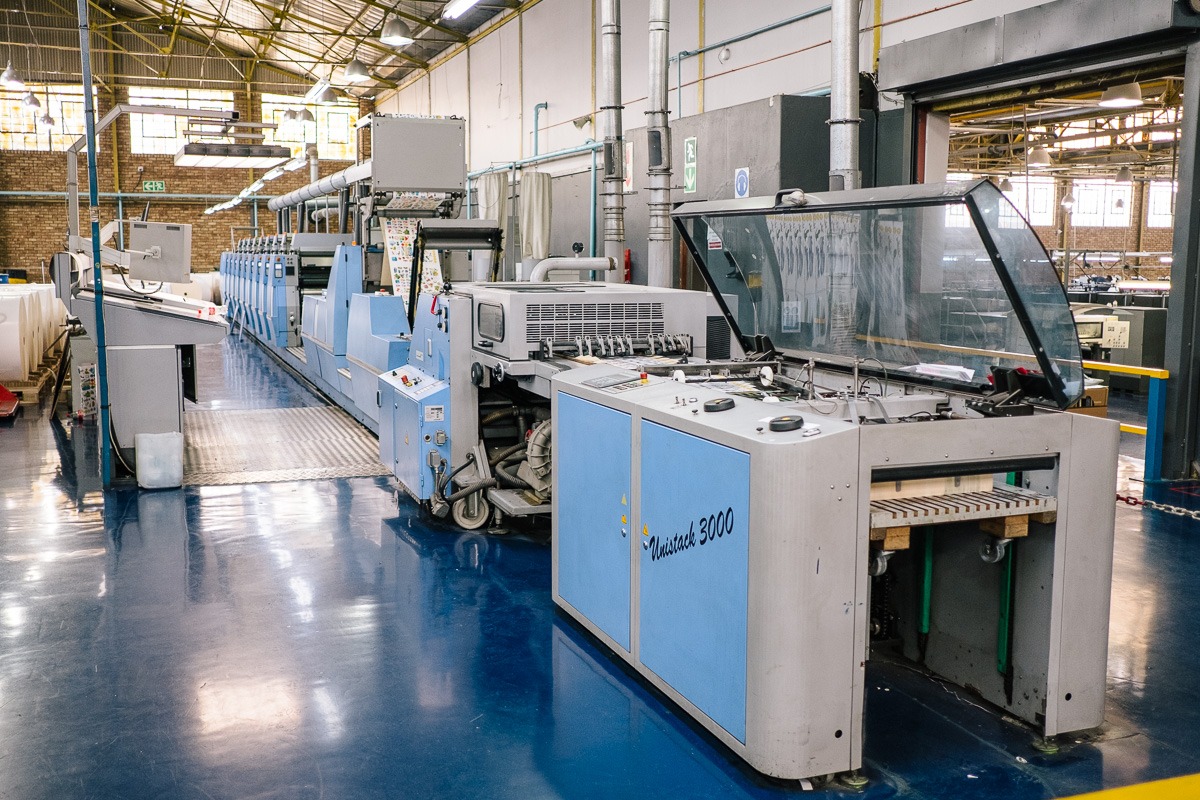The world of pharmaceuticals is continuously evolving, and with the rise of counterfeit drugs, the need for effective solutions is more critical than ever. Anti counterfeit success stories in pharma showcase the remarkable efforts made by companies to combat this pervasive issue. By examining these success stories, we gain valuable insights into effective strategies and innovations that protect consumers and ensure the integrity of the pharmaceutical supply chain.

The Growing Threat of Counterfeit Pharmaceuticals
Counterfeit pharmaceuticals pose a serious threat to public health and safety. These fake drugs often contain incorrect dosages, harmful substances, or no active ingredients at all. The World Health Organization estimates that approximately 10% of medicines in developing countries are counterfeit. The need for robust anti-counterfeit measures has never been more urgent.
Innovative Technologies in the Fight Against Counterfeiting
Serialization and Track-and-Trace Systems
One of the most impactful innovations in the fight against counterfeit drugs is the implementation of serialization and track-and-trace systems. By assigning unique identification codes to each product, companies can monitor their movement through the supply chain. This technology allows manufacturers to verify the authenticity of their products and ensure that counterfeit drugs do not reach consumers.
Blockchain Technology
Blockchain technology offers a decentralized and tamper-proof solution for tracking pharmaceuticals. By recording every transaction on a secure and transparent ledger, blockchain ensures that all parties in the supply chain can verify the authenticity of the products. This technology has been successfully implemented by several pharmaceutical companies, leading to reduced instances of counterfeiting.
Advanced Packaging Solutions
Advanced packaging solutions, such as holograms, color-shifting inks, and tamper-evident seals, are effective deterrents against counterfeiters. These packaging innovations are difficult to replicate, allowing consumers and retailers to easily verify the authenticity of a product before purchase.
Case Studies: Pharma Companies Leading the Charge
Pfizer’s Global Security System
Pfizer has been at the forefront of anti-counterfeit efforts, developing a global security system that leverages serialization and advanced analytics to track its products. This system has significantly reduced counterfeit incidents and improved the safety and reliability of Pfizer’s supply chain.
Roche’s Innovative Packaging
Roche has implemented cutting-edge packaging solutions, including tamper-evident features and unique QR codes, to protect its products from counterfeiting. By providing consumers with easy access to product verification, Roche has enhanced trust and confidence in its brand.
Novartis’ Blockchain Initiative
Novartis has successfully integrated blockchain technology into its supply chain, providing an immutable record of every transaction. This initiative has not only reduced counterfeit incidents but also improved transparency and collaboration among supply chain partners.
The Role of Regulatory Bodies
Regulatory bodies play a crucial role in combating counterfeit pharmaceuticals. By setting industry standards and enforcing strict regulations, organizations like the FDA and EMA help ensure that pharmaceutical companies adopt effective anti-counterfeit measures. These regulatory efforts are essential for maintaining the integrity of the global pharmaceutical market.
Challenges in Implementing Anti-Counterfeit Measures
Cost and Complexity
Implementing anti-counterfeit measures can be costly and complex, requiring significant investments in technology and infrastructure. Companies must carefully evaluate the cost of implementing these solutions against the potential risks and benefits. For more details on cost considerations, visit cost of implementation.
Global Supply Chain Coordination
Coordinating anti-counterfeit efforts across a global supply chain presents additional challenges. Companies must work collaboratively with suppliers, distributors, and regulatory bodies to ensure a seamless and effective implementation of anti-counterfeit measures.
The Future of Anti-Counterfeit Solutions in Pharma
The future of anti-counterfeit solutions in the pharmaceutical industry looks promising, with ongoing advancements in technology and increased collaboration among stakeholders. As companies continue to innovate and refine their strategies, the prevalence of counterfeit drugs is expected to decline, ensuring a safer and more secure pharmaceutical market.
Conclusion
Anti counterfeit success stories in pharma demonstrate the power of innovation and collaboration in combating counterfeit drugs. By leveraging cutting-edge technologies and effective strategies, pharmaceutical companies can protect consumers and uphold the integrity of their products. As the industry continues to evolve, the commitment to fighting counterfeiting remains a top priority, ensuring a healthier and safer future for all.

FAQs
What are the most common technologies used in anti-counterfeit efforts?
Common technologies include serialization, blockchain, and advanced packaging solutions such as holograms and tamper-evident seals.
How do regulatory bodies contribute to anti-counterfeiting efforts?
Regulatory bodies set industry standards and enforce regulations that require pharmaceutical companies to adopt effective anti-counterfeit measures.
What role does blockchain play in combating counterfeit drugs?
Blockchain provides a secure and transparent ledger for tracking pharmaceuticals, ensuring the authenticity of products throughout the supply chain.
This article contains affiliate links. We may earn a commission at no extra cost to you.







